Happy Thanksgiving!
What’s your favorite part of the Thanksgiving meal?
Some people love the turkey.
My sister loves stuffing.
But – if you ask me – the best part of the Thanksgiving meal is the pie.
And it has to be a pumpkin pie.
Don’t try telling me that an apple pie works because it’s American.
The dessert of Thanksgiving is pumpkin pie.
You can also have pecan pie or apple pie. I’ll grant you any additional dessert you want – cheesecake, cookies, brownies, whatever – as long as there is a pumpkin pie.
I’ve celebrated the last 18 Thanksgivings abroad, and as my friends in New Zealand and the UK can attest, I have strong feelings about pumpkin pie.
Years ago, at a Thanksgiving dinner in New Zealand, a well-meaning Kiwi offered to make the pumpkin pie. But when she saw the sugar requirement on the recipe, she was convinced it was a mistake.
So she left the sugar out.
She thought a vegetable pie should taste like a vegetable.
No – it’s a dessert. Add that sugar and we’ll worry about our teeth and obesity tomorrow.
But how did a vegetable become the ingredient for the holiday’s most famous dessert?
I was curious…
All these years loving pumpkin pie, and I’ve never known its origins.
Well, it turns out, the pumpkin is native to North America. It was easy to grow, and a staple of the diet for colonists in New England.
They would stew pumpkin as a vegetable, brew pumpkin ale, and add dried pumpkin to the flips they drank.
Pumpkins were brought to Europe as part of the Columbian Exchange, though the pumpkins in the New World were generally larger and tastier than those produced in England and France during the 1600s.
And the French and English were likely making “pumpkin pies” long before the colonists in the New World.
In 1651, a French cookbook published a recipe for a “tourte” of pumpkin that featured a pastry shell, and in 1670, Hannah Wooley’s English cookbook The Gentlewoman’s Companion shared a recipe for a pie filled with alternating layers of pumpkin and apple, as well as spiced rosemary, sweet marjoram, and a handful of thyme.
The early pumpkin pies in England generally had two layers of crust filled with sliced pumpkin, combined with sugar, spices, and apple slices. This type of pie appears to have been made by some of the early colonists in New England as well.
Then in 1796, Amelia Simmons published American Cookery, the first cookbook written by an American and published in America.
She offered not one but two recipes for “pompkin” pie. One of these recipes contained a filling that is more like a custard (and similar to the pumpkin pie filling we enjoy today).
In 1824, Mary Randolph introduced a recipe for “pumpkin pudding” in The Virginia Housewife, which added “a wine glass of brandy.”
Mary’s recipe for pumpkin pudding included a bottom pie crust with some decorative scraps of pastry on top:
That’s the entire recipe.
Apparently Virginia housewives in 1824 didn’t need silly details like measurements.
In fact, many of these cookbooks (available to peruse on the Library of Congress website) assume the reader has a fair amount of baking knowledge and skill.
They don’t tend to provide cooking times or many details on the preparation.
Pumpkin pies (or puddings) spread across the colonies, and pumpkin pie was celebrated in newspapers, ladies’ magazines, and children’s books.
Prior to the US Civil War, pumpkin pie also found itself injected into the debate over slavery, as many New England abolitionists would mention pumpkin pie in their novels, poems, and articles.
Sarah Josepha Hale, an abolitionist who campaigned for decades to see Thanksgiving declared a national holiday, wrote about the popular pumpkin pie in her 1827 anti-slavery novel, Northwood.
Another abolitionist, Lydia Maria Child, published The New-England Boy’s Song about Thanksgiving Day (better known as Over the River and Through the Wood) in 1844.
It includes the line, “Hurra for the pumpkin pie!”
Perhaps this enthusiasm for pumpkin pie in the North caused its resistance in the South.
When Abraham Lincoln declared Thanksgiving a national holiday in 1863, some saw it as a move to impose Yankee traditions on the South.
But there was no stopping the magic of pumpkin pie.
Magazines continued to share pumpkin pie recipes, including some with “Southern touches” like bourbon or pecans.
And in the early 1900s, the growing canning industry made it even easier to make pumpkin pie.
Instead of stewing and straining pumpkin all day, one could simply open a can and have all the pumpkin they needed to make a pie.
By 1920 canned pumpkin (and canned cranberry sauce) were readily available, making it easier (and faster) to prepare the Thanksgiving dinner.
Libby’s canned pumpkin hit the market in 1929 and included a recipe for pumpkin pie on the can.
Libby’s offered a low-moisture canned pumpkin that was perfect for creamy pies, and suddenly a pumpkin pie could be whipped up in no time.
And speaking of convenience, why buy all those individual spices when you can buy pumpkin pie spice — a mix of cinnamon, ginger, nutmeg, and allspice?
Not long after Libby’s canned pumpkin hit the market, McCormick and Co, the world’s largest spice seller, saw an opportunity.
They introduced pumpkin pie spice in 1934, specifically for use in making pumpkin pie.
Could pumpkin pie get any easier?
Well, convenience went up a level in the 1960s when frozen pumpkin pies were offered in supermarkets.
An article in the Bucks County Courier Times from November 1968 promised the frozen pie would deliver “the goodness and aroma of traditional home-baked pies without preliminary effort.”
But despite the option of a frozen pie, many Americans opt to buy a can of Libby’s and follow the recipe on the back to create their pumpkin pie each November.
Interestingly, Libby’s pumpkin pie recipe was altered in 2019 to add sweetened condensed milk, less sugar, and slightly different spice ratios to “give new life” to the recipe.
As for me, I will be opting for the best baked pumpkin pie I’ve found in London, via the Beverly Hills Bakery.
And remember, you don’t have to be an American (or live in the US) to enjoy the beauty of pumpkin pie or Thanksgiving.
Thanks for reading — and Happy Thanksgiving, friends!
Fun Fact: In 1947, pumpkin pies were discouraged from US Thanksgiving dinners as part of a voluntary egg rationing campaign. President Truman’s Citizens Food Committee task force encouraged an “Egg-less and Poultry-less Thursday” as part of their efforts to ration food consumption in the United States and provide more foreign food assistance to Europe post World War II.
By the time Thanksgiving came around, the Poutry-less Thursday had been abandoned, but the Egg-less Thursday remained in effect. There was considerable backlash from the American consumers (who needed to use eggs to make pumpkin pie on Thanksgiving Day).
However, President Truman led by example and no pumpkin pie was served at the White House on Thanksgiving Day in 1947.
Bonus Fun Fact: It’s Pumpkin Pie Season
And just as Starbucks announces ‘Pumpkin Spice Latte’ season each year, there was a time when ‘Pumpkin Pie Season’ was announced.
An article from The New York Times declares “The Season for Pumpkin and Cranberry at Hand’ on September 14, 1895.
And according to the Library of Congress, pumpkin pie season was still noteworthy 40 years later, with the New York Herald Tribune sharing the “Pumpkin Pie Seasons Opens Tomorrow” on September 17, 1937 when 7000 pies went on sale in 31 retail stores.
Recent Work and Writing
The ONE thing that matters most when you’re giving a speech — Trust me, folks. If you’re giving a speech or a presentation, this is where you need to focus.
How Beth Collier uses mmhmm to power connected, clear communication — Find out my favorite app to make coaching and workshops more fun.
ANOTHER tale of two layoffs: Mark Zuckerberg announced layoffs at Meta last week. So why am I thinking about Beyonce after reading it?
Is this sexist — or sloppy? Diane Ladd deserved better.
A Tale of Two Layoffs — There’s no good way to do a layoff, but there is a better way…
This Is Probably Driving Your Mom Friends Crazy — You may not have read any articles about this, but trust me — it’s annoying your mom friends.
How Can I Help?
I’ll keep saying it: Communication matters.
And this week, the reinstated CEO of Disney, Bob Iger, reminded us what good executive communication could look like.
His message to employees is another reminder why communication is so important to your relationships — and your reputation.
If you want to improve your communication (and get all the good things that come with that), I’m your gal.
So many companies could reap significant benefits – from performance and culture to retention and engagement – by improving their communication.
So, if you know someone who could benefit from some help (as even the most seasoned leaders do), please get in touch and check out my website for more information.
You can also see my Top 10 list of what I can (and can’t) do for you here.
And if you see any communication examples (the good, the bad, and the ugly) that you think are worth analyzing or sharing, please send them my way!
Stay Curious!
-Beth




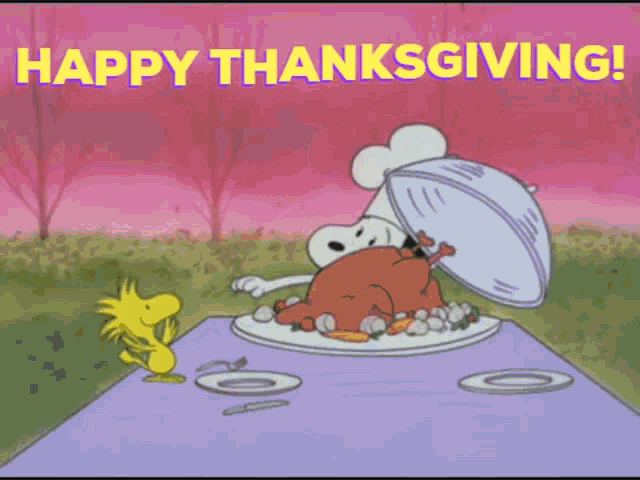
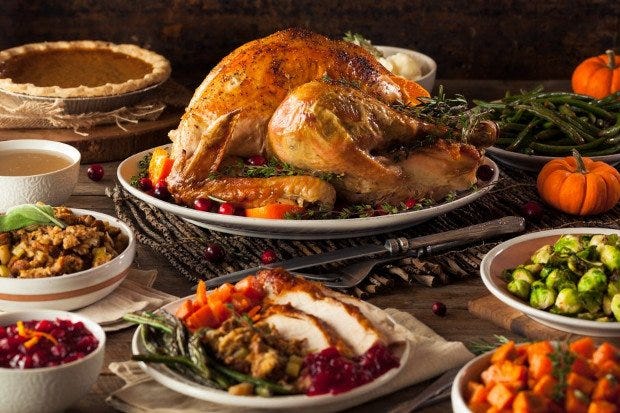




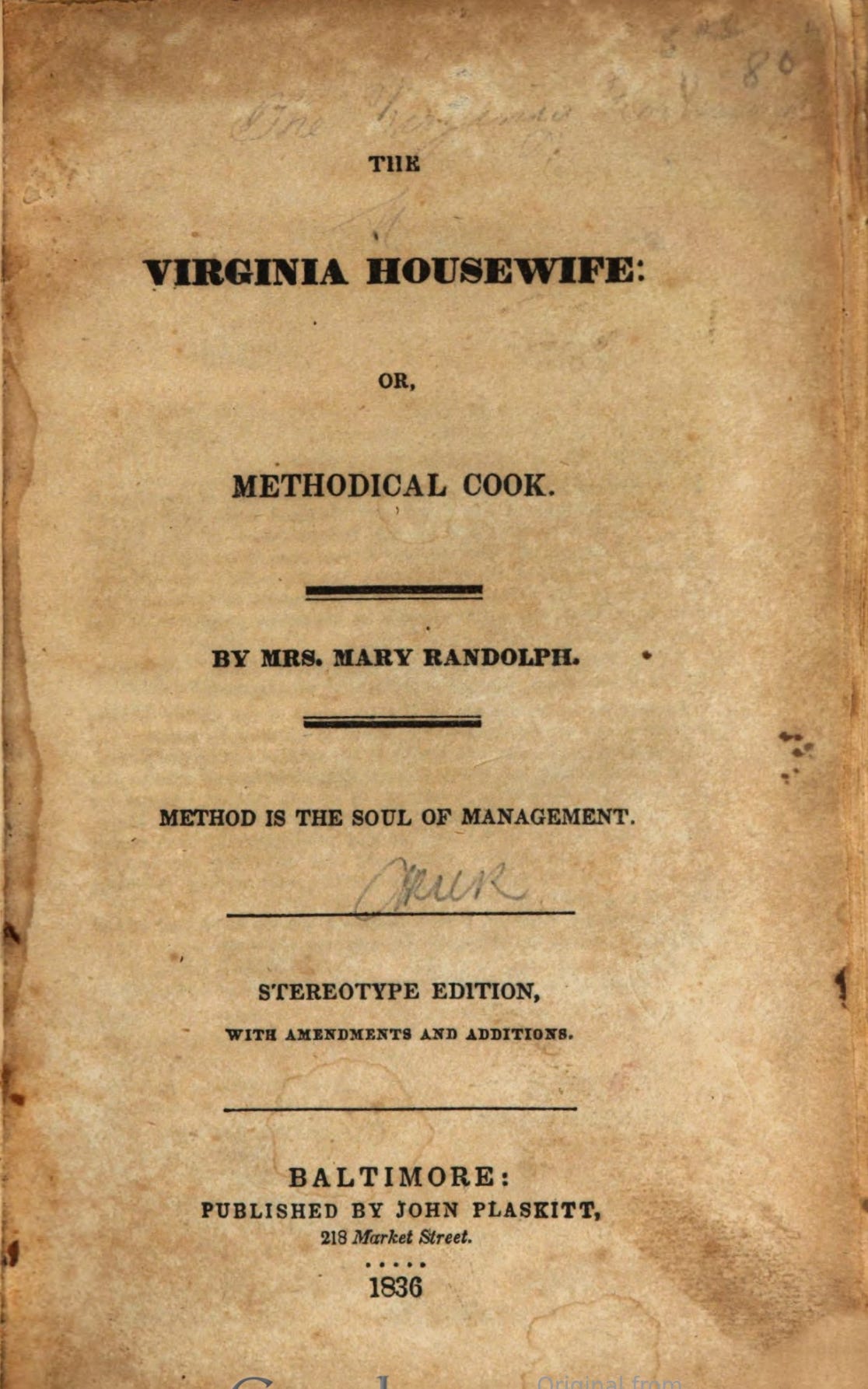


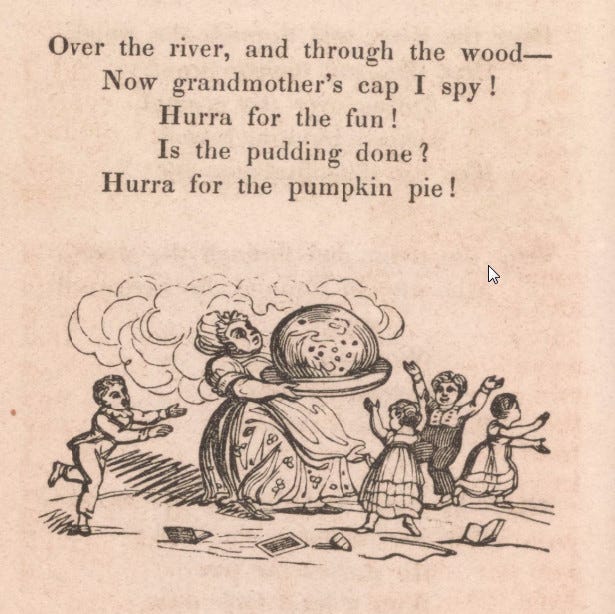



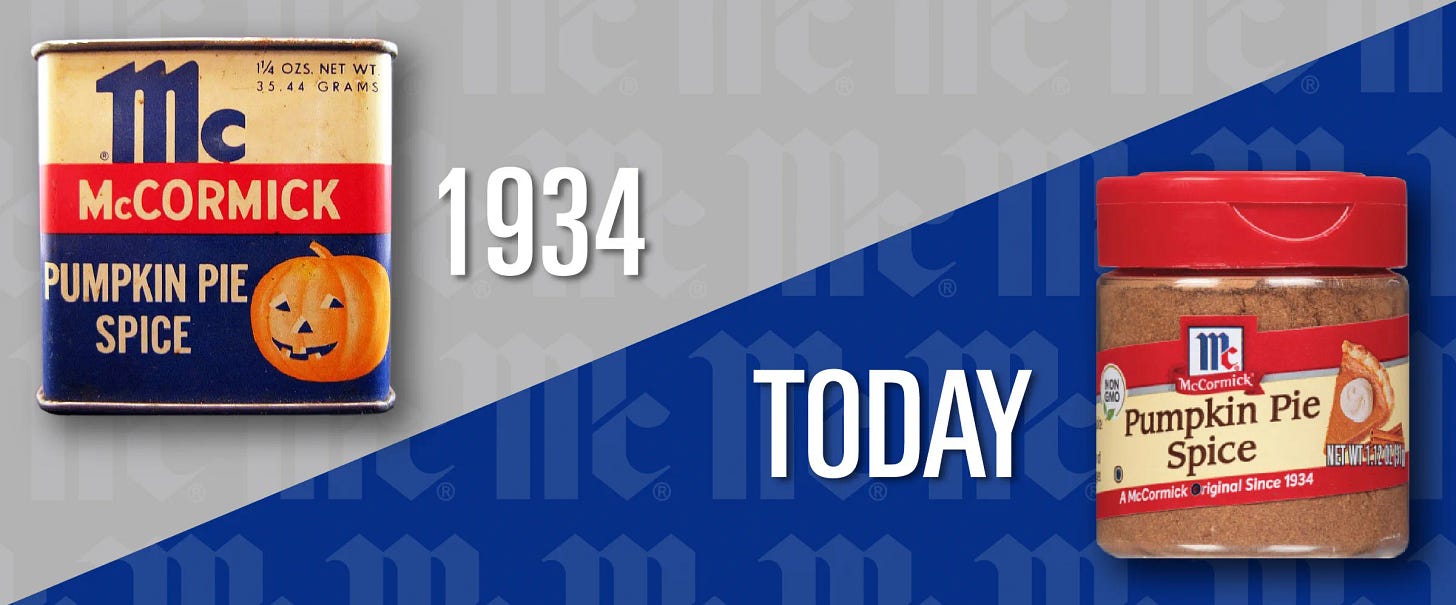
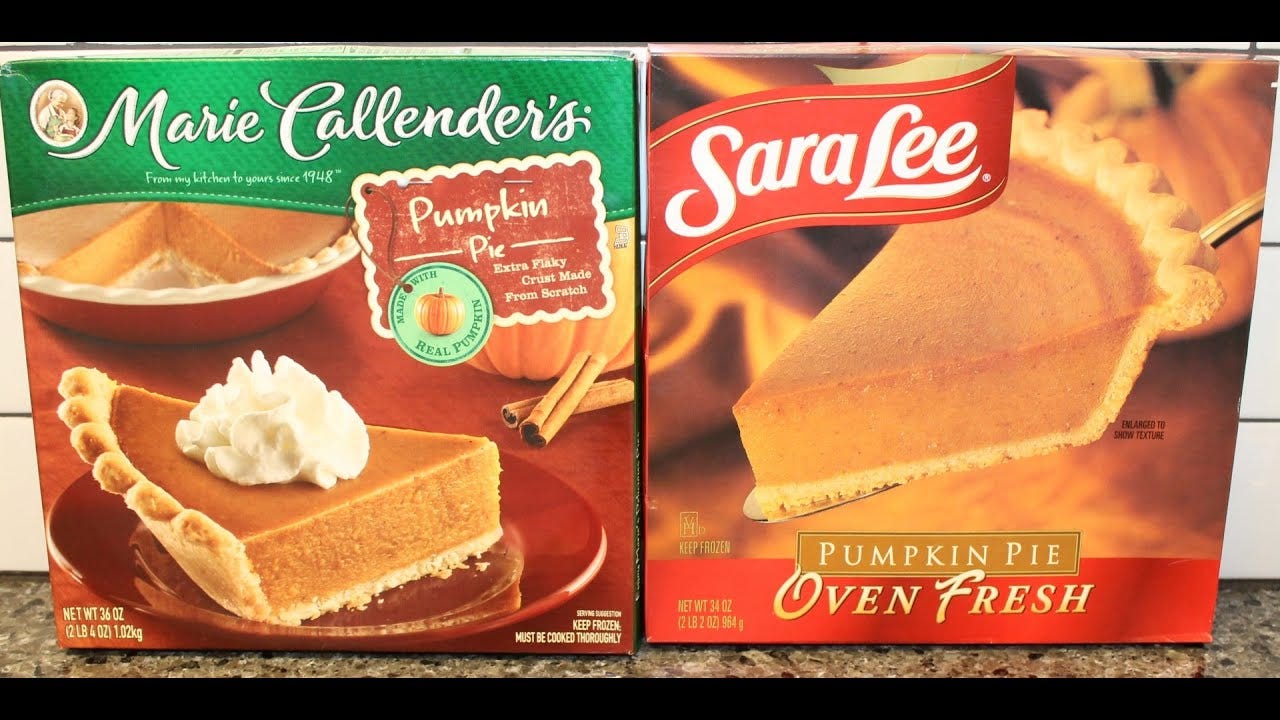

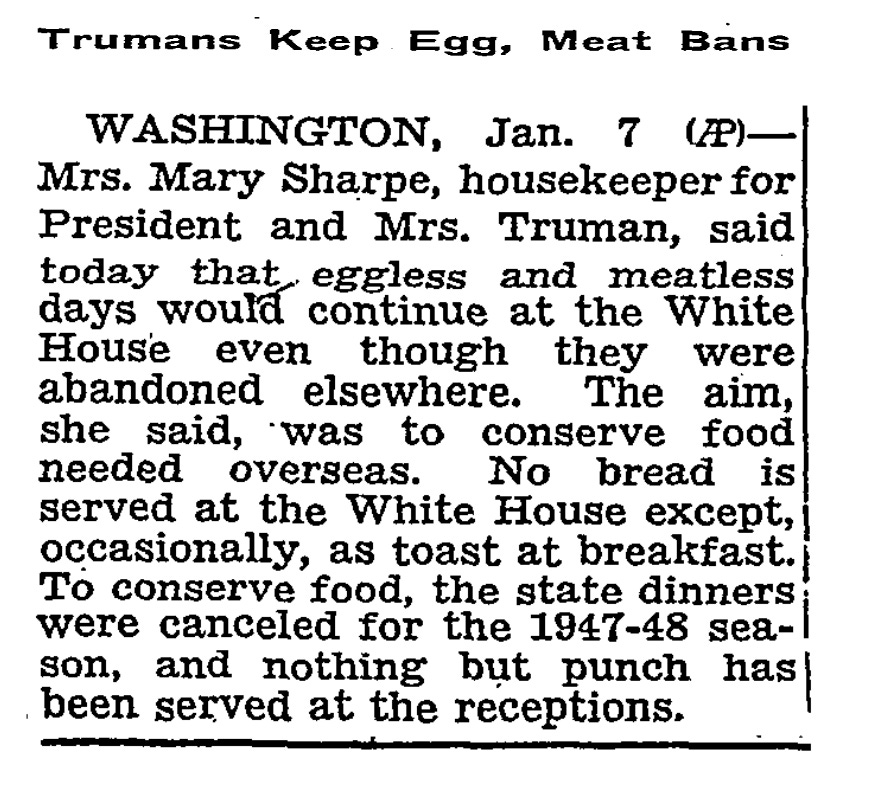

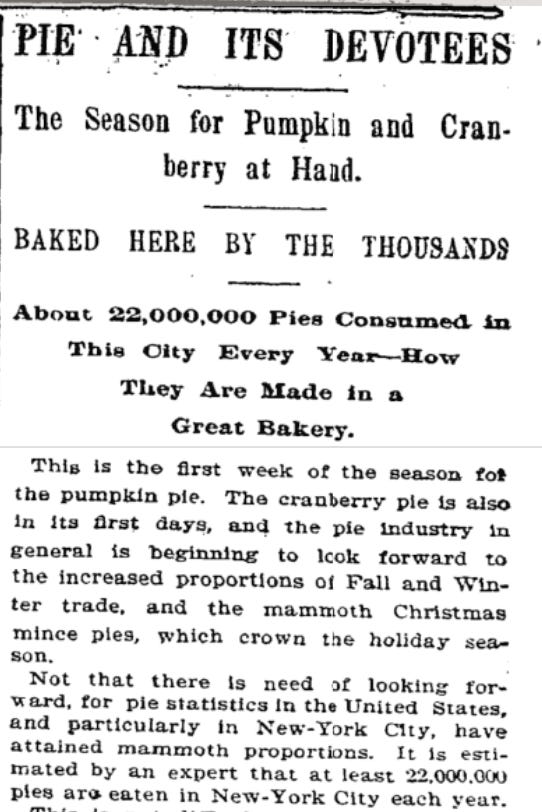

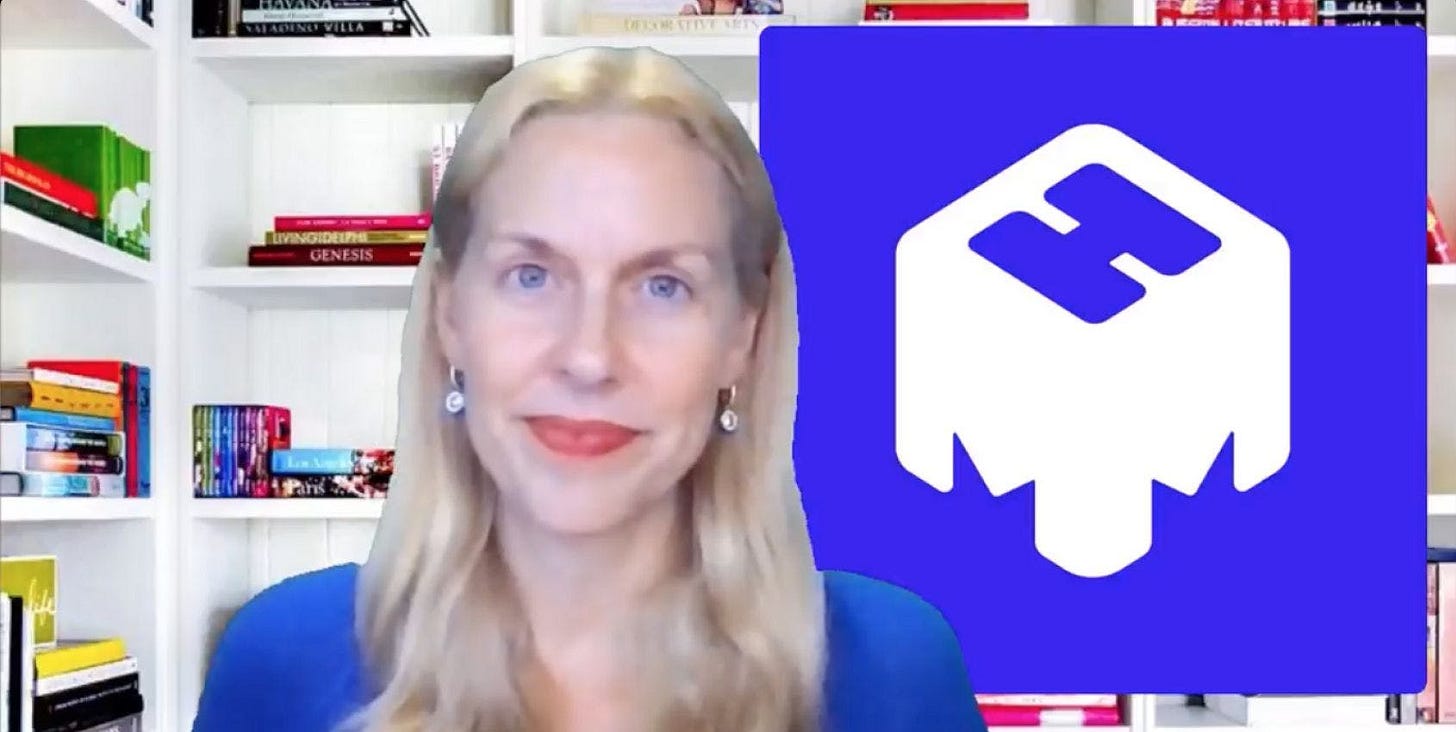

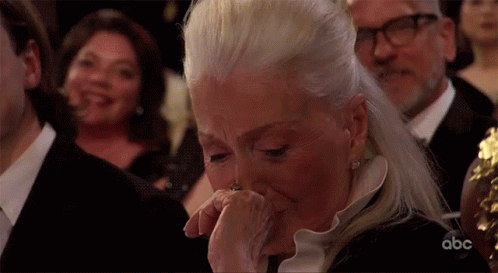


Share this post